COVID-19 pandemic has left a lot of the brick-and-mortar business owners with a lot of worry and uncertainty regarding the future. Due to the pandemic, fewer people prefer to make purchases through physical stores. This has affected the store owners, with a lot of such small businesses having to shut down due to loss of revenue.
Now, instead of dwelling on the damage, loss, and uncertainty, you can consider taking your business online. Since consumers are wary of venturing out, you’ll have to make your business available to them online. It has become more important than ever for brick-and-mortar to have an online presence. It can help such businesses strive through the economic slowdown resulting from the pandemic.
Before you start thinking about how much it’ll cost to take your business online, let me stop you right there. Today, you can establish an online presence for your business no matter how small your budget.
In this article, I’ll guide you through all that you need to do to get your business online, irrespective of the budget. I’ll also guide you through all the tasks that you can do yourself to avoid going over-budget.
Let’s get into it!
1. Buy a Domain Name
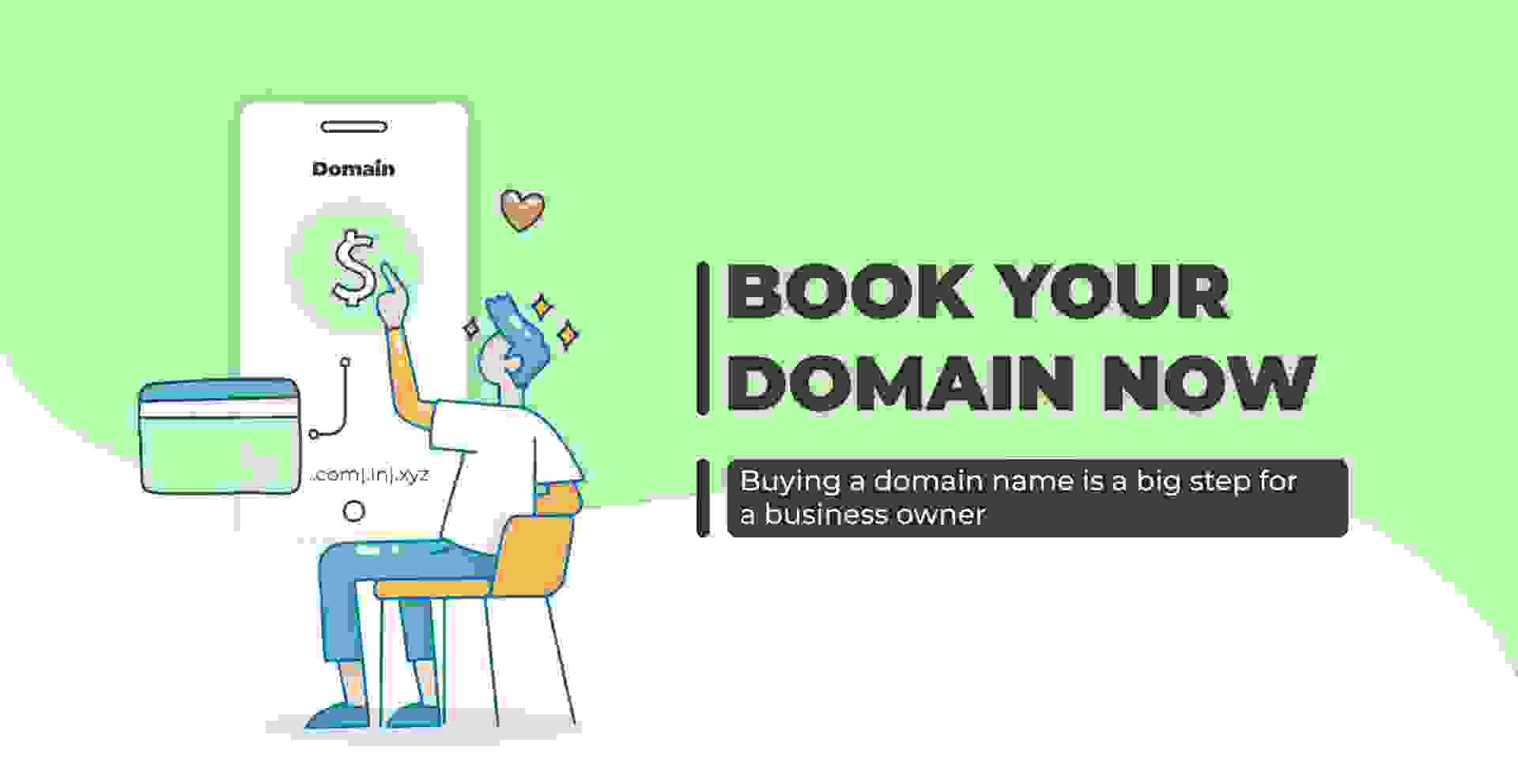
Selecting and buying a domain is the first task in establishing an online presence for your business. The domain name should ideally be the same as your business name.
You can use a tool like NameCheck to find out whether a particular domain is available to be purchased. It’ll also show you which social media handles are available for that domain name.
Once you’ve selected a domain name you can purchase it through sites like NameCheap. You can easily get a domain registered for a year for $15-20. If you’re planning on using Shopify for your website, you can buy and manage domains from Shopify itself. The same is true for WordPress.com also.
Buying a domain name is a big step for a business owner. So, take your time and remember these guidelines while buying:
- Your first choice should be .com as it’s the most powerful domain extension
- Avoid using hyphens and numbers for domain names at all cost
- Local extensions like .ca and .uk may work well for local businesses
- Avoid trademarked domains at all costs as they can get you in legal trouble
2. Build a Website
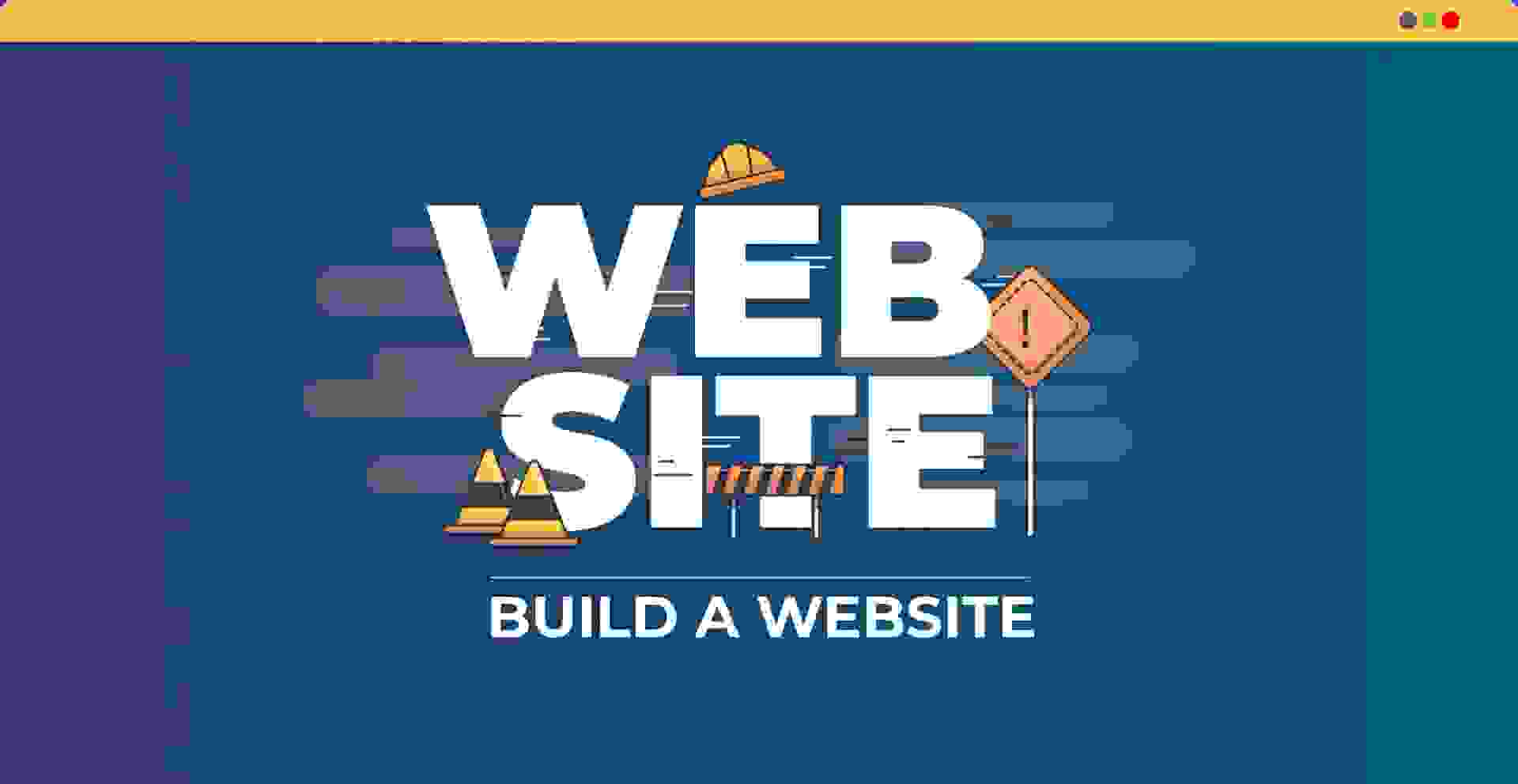
Once you’ve registered a domain name, you can start building your website. An important step in setting up a website is choosing a platform where you’ll host its content. Think about your expectations for selling online before deciding which platform or software is best for you.
If you’re focusing on selling online, then you’d want a platform that specializes in eCommerce websites, like Shopify. But, if you’re just looking to develop a website for online presence and to publish blogs, you can use WordPress. Now, if you use WordPress.com or WordPres.org is purely your personal choice.
WordPress.com is a paid tool that offers you a complete package where you can buy a domain, hosting, and build your website. WordPress.org is its free alternative. With this, you can register a domain and buy hosting for it from wherever you like and then install the free WordPress CMS on this hosting to build and manage your website.
With tools like Shopify and WordPress, you can build your own website without learning a single line of code. These tools make it easy to build an eCommerce website or a business website or a blog. You can even add complex functionalities using widgets and plugins.
Make sure that you choose your platform based on the goals you want to achieve with this website.
3. Work on site’s design
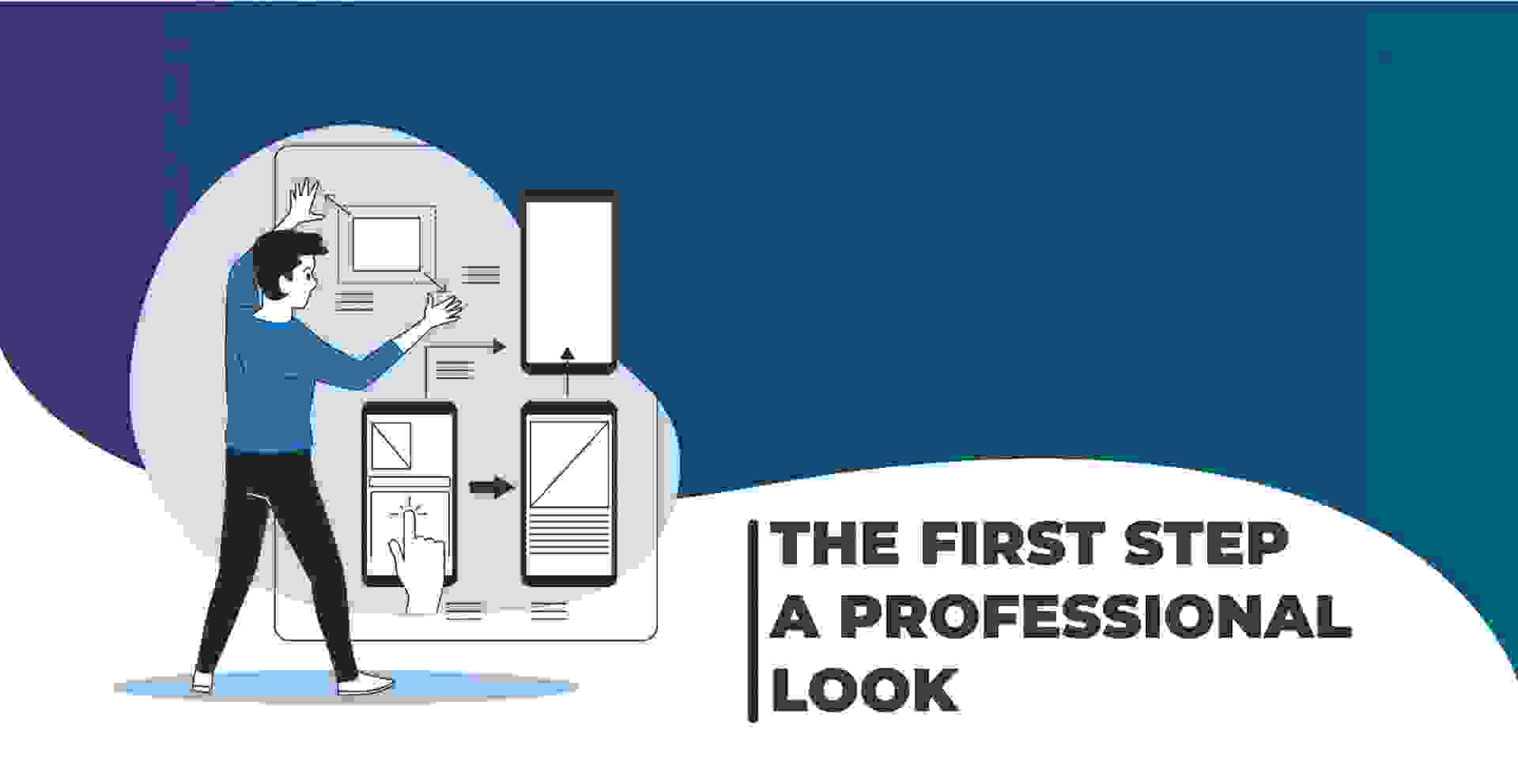
Website platforms like Shopify and WordPress will provide you with a lot of free and premium themes to choose from. Go for a simple, professionally designed theme and then customize it over time if you want to. You want to ensure that the design not only reflects your brand’s personality and it’s also easy for customers to navigate.
There’s a lot you can do with such themes to ensure your website carries your brand image. Most theme templates will allow you to make the following changes:
- Place your logo in place of the default logo
- Change the font, background, and navigation menu
- Add or delete content from the website pages
- Insert social media links in header and footer
- Display an email sign up form or link
- Showcase product videos and images
4. Add Content

In today’s world, content is king! It is an integral aspect of moving your business online. Since people won’t be visiting you in person, the only way to let them know about your business is to write great content.
Tell your business’ story in the best possible words on the key pages of your website. In this way, people can get familiar with your products or services while remembering your brand name and identity.
You must place a special focus on the content on your website’s important pages like the Home page, About Us page, Products/Services page, and Contact Us page.
5. Start a Blog
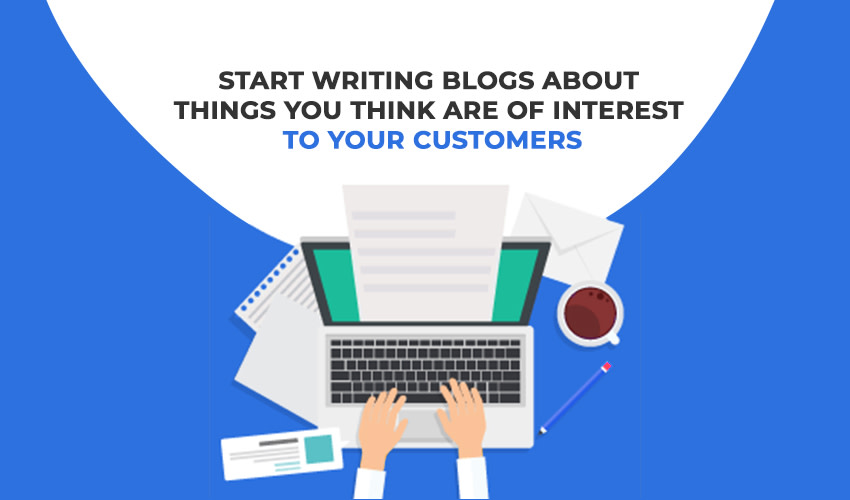
Building-up on content and writing blogs should be your next priority. Consumers want more than just price lists, menus, hours, and product offerings from businesses. They appreciate genuine and helpful information. If you can provide helpful content, they benefit directly! Moreover, informative content will also get shared by them with others and maybe even your potential new customers.
So, start writing blogs about things you think are of interest to your customers. A blog can be as simple as some special deals you’re offering. It could be a guide to properly using some of your products. It could be some helpful advice on the changes happening in an industry. For example, if you sell organic food products, you might want to advise on how organic food can improve their health and well-being. This helps establish you as an expert and get more eyes on your website. Writing blogs is one of the best ways to organically get traffic to your website.
6. Integrate Payments
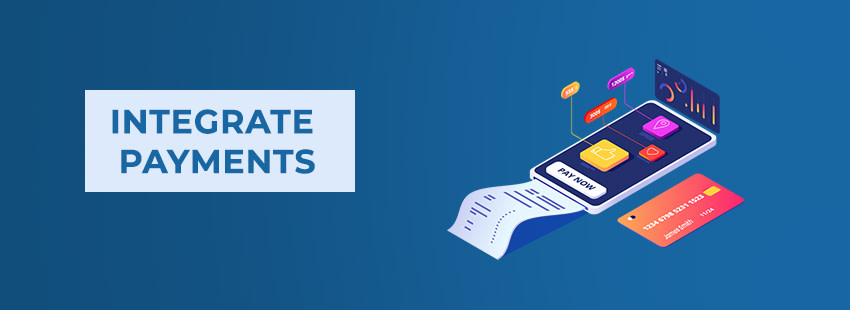
If you plan on selling online, you need to integrate payments on your website. You must also provide all the means of online payments that customers in your area generally prefer.
This means you need to offer multiple payment options on your site. Today, most website platforms come with the option to integrate different payment gateways. Some even offer an all-in-one package through which you collect payments via different gateways without even setting up a merchant account.
Shopify comes with an integrated payment solution called Shopify payments. You can enable it by providing Shopify with your personal details, bank account number, and product information. Once activated, you can accept various payment options, including credit cards, Apple Pay, Google Pay, and more.
7. List your Business
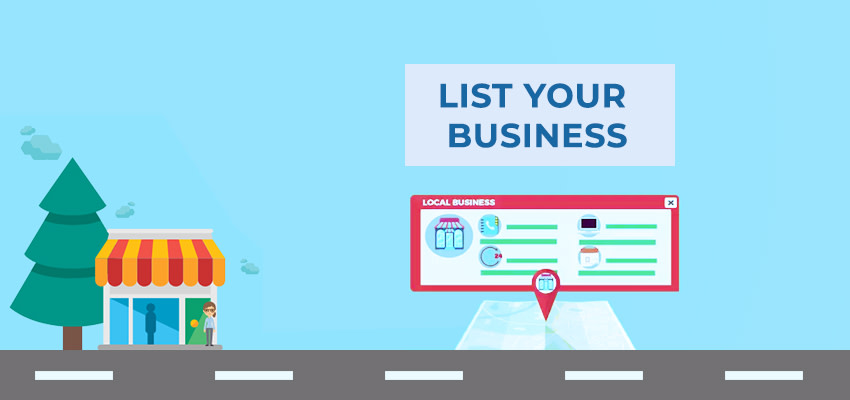
Local search engines automatically list your business, allowing others to gain information about it or leave reviews. You should claim those listings for your business because that’s more real-estate for your business on the internet.
There’s no way to avoid bad reviews, but you’ll be able to respond and join the conversation. You can thank the customers who leave good reviews. You can also ensure that the information provided is accurate and up to date. With reviews, you might discover things that you’ll want to improve regarding your business; things that customers may be too shy to comment on.
So, list your business and claim it’s listings on sites like Yelp, Google, and all other similar websites.
8. Social Media Engagement

Get a Twitter account. Register on Facebook! Get your business’ Instagram account. These platforms have big audiences that you can seek to attract and convert. They can also offer benefits that help you rank higher in search results.
Also consider Pinterest, Tumblr, or other social services if they make sense for your business. You don’t have to be active on all of them but you should establish an account as a placeholder. You can find out whether people naturally start to follow your business or reach out to it. This can help you understand if you should increase your activity on a social network.
You don’t have to jump in and right away try to be the best social participant out there. It’s okay to start slow, practice, and spend time where it makes the most sense. But avoid making the mistake of ignoring social media at all costs. You should at least experiment, especially since social channels are growing so much.
9. Learn and Focus on SEO
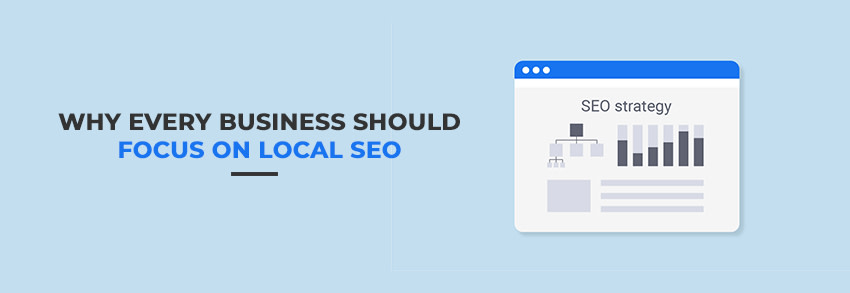
Search Engine Optimization (SEO) is an important marketing tactic that shouldn’t be overlooked. To learn in detail, you can check out free guides to improve your website’s SEO by Google and Search Engine Land.
For a local business, perhaps the best SEO tip would be to include your complete address in a standard format somewhere on your site. It would be even better if you also embed it on your site in a machine-readable format called Schema.org. This will be quite helpful when people search for businesses near a particular location.
10. Mobile first
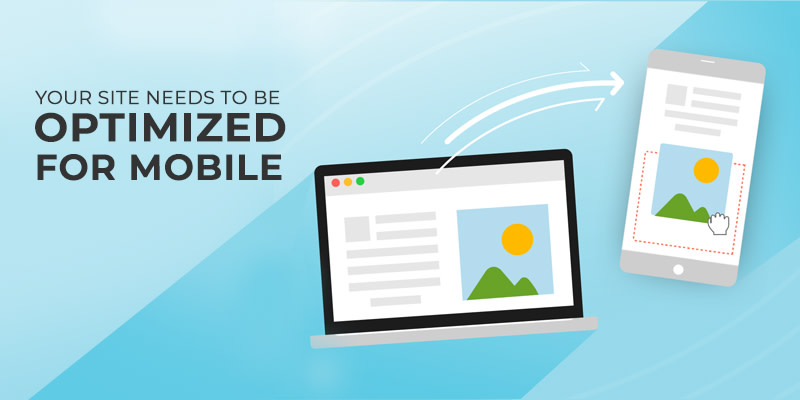
Having a site is not enough. Since over half the internet users in the world use mobile devices to browse, your site needs to be optimized for mobile.
By this I mean your website should be responsive and should display content equally well across all devices of all shapes and sizes. Moreover, your website should be quick to load on mobile. Since mobile devices usually have slower internet connections, your website needs to load quickly on mobile as well.
If you don’t focus on mobile, it’s like you’re ignoring over half of the internet users who can be your potential customers.
Final Words
As an offline business, you can’t afford to fall behind your competitors. Observe and analyze your current website setup. Find out how taking your business online can help you get more customers and revenue.
I know that not all the above suggestions are easy, but running a business is difficult. An important aspect of running a business is finding new customers while keeping your existing ones happy. Almost all of your current and potential customers are online. So, reaching out to them on the web should be prioritized. It shouldn’t just be something extra you do when you find the time. It’s a fundamental business practice that you need to adopt and integrate into your business.
Got any questions about taking your business online? Let us know in the comments below or write to us!

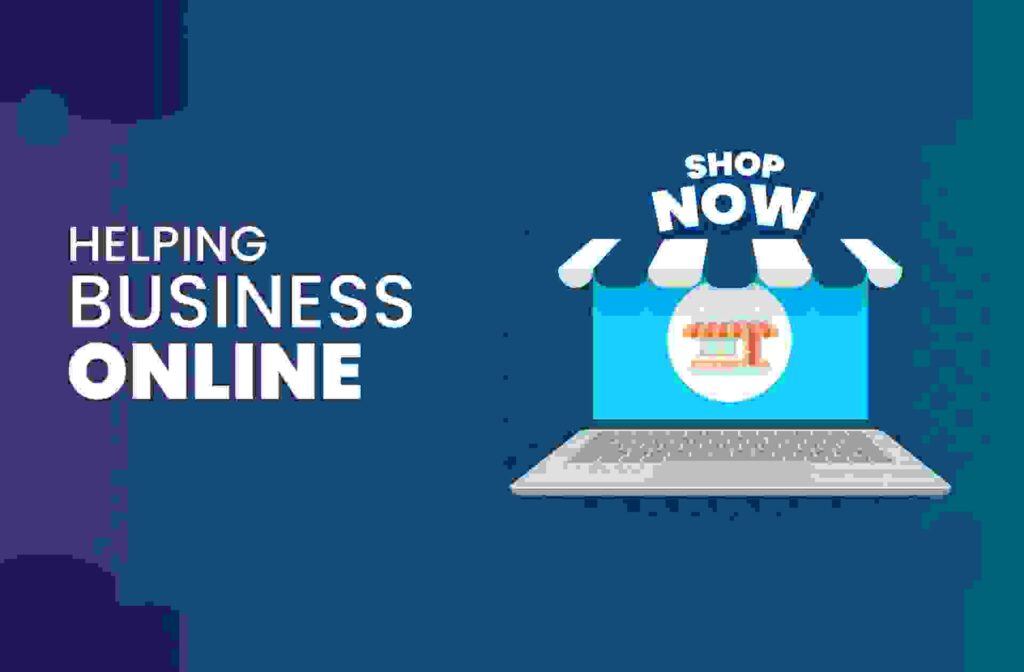


Lovely just what I was searching for.Thanks to the author for taking his time on this one.